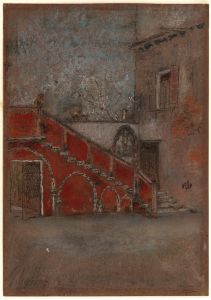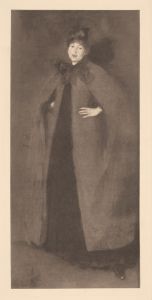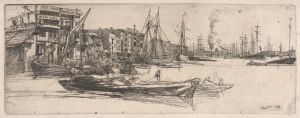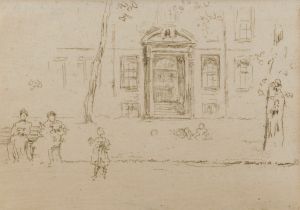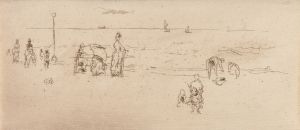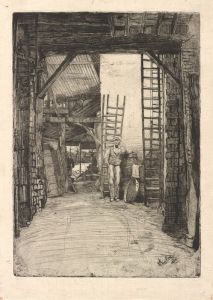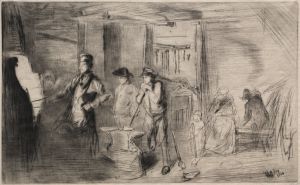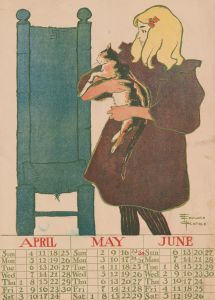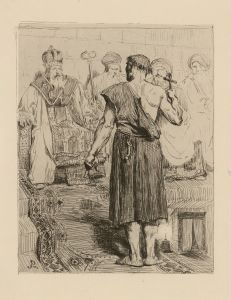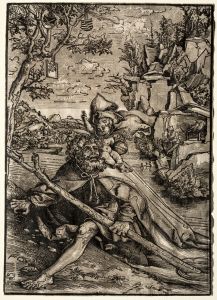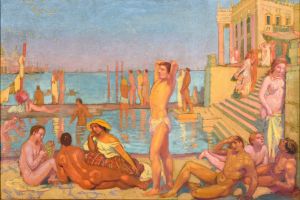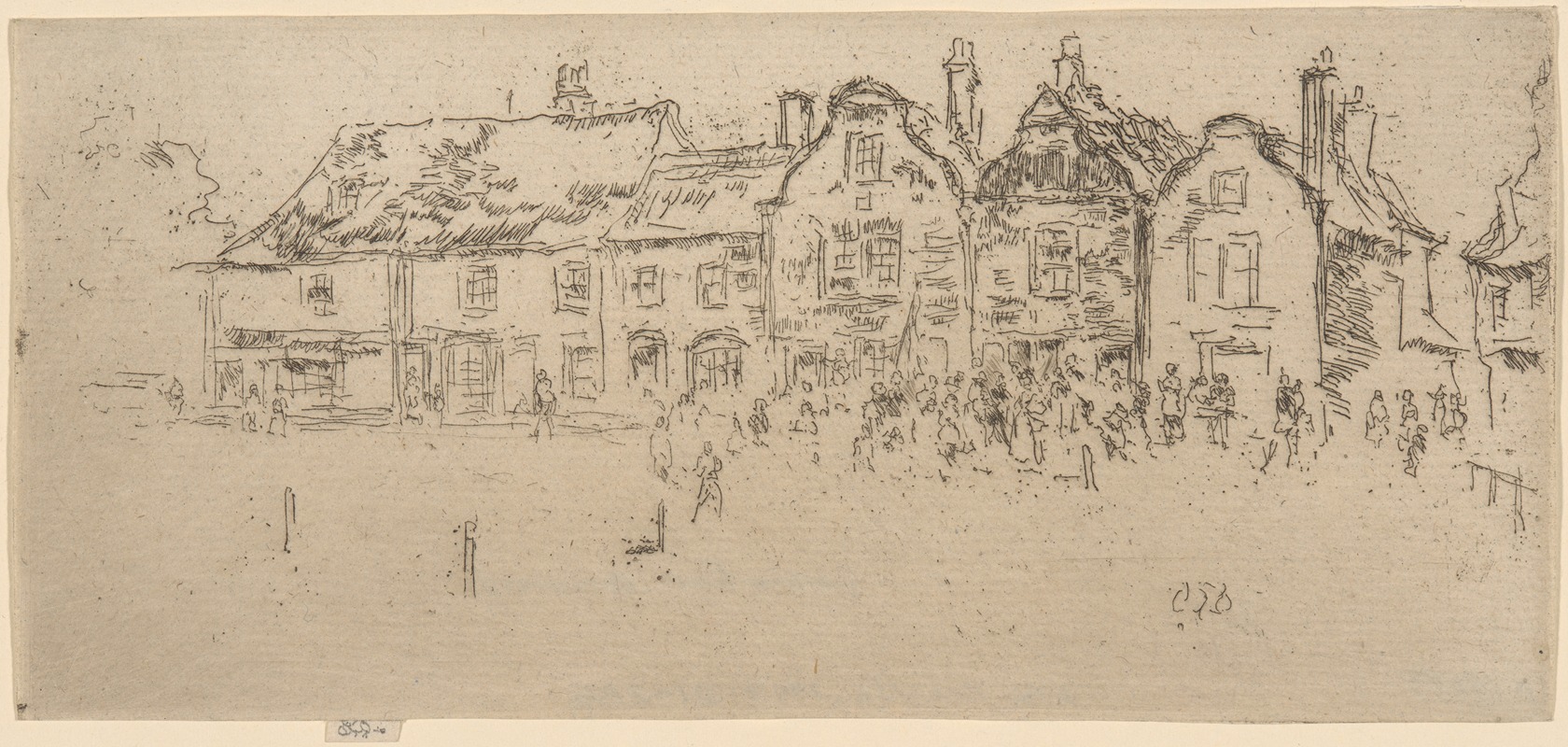
Salvation Army, Sandwich
A hand-painted replica of James Abbott McNeill Whistler’s masterpiece Salvation Army, Sandwich, meticulously crafted by professional artists to capture the true essence of the original. Each piece is created with museum-quality canvas and rare mineral pigments, carefully painted by experienced artists with delicate brushstrokes and rich, layered colors to perfectly recreate the texture of the original artwork. Unlike machine-printed reproductions, this hand-painted version brings the painting to life, infused with the artist’s emotions and skill in every stroke. Whether for personal collection or home decoration, it instantly elevates the artistic atmosphere of any space.
"Salvation Army, Sandwich" is a painting by the American-born artist James Abbott McNeill Whistler, known for his contributions to the Aesthetic Movement and his influence on the art world during the late 19th century. Whistler, who spent much of his career in Europe, is renowned for his innovative approach to art, emphasizing mood and atmosphere over detailed representation.
The painting "Salvation Army, Sandwich" was created during a period when Whistler was exploring themes of urban life and social issues. The Salvation Army, founded in 1865 in London by William Booth, was an evangelical Christian movement known for its charitable work and efforts to aid the poor and destitute. Whistler's choice to depict the Salvation Army reflects his interest in contemporary social movements and the lives of ordinary people.
In this work, Whistler captures a scene involving members of the Salvation Army in the town of Sandwich, located in Kent, England. The town, known for its medieval architecture and historical significance, provides a backdrop that contrasts with the modern social themes represented by the Salvation Army. Whistler's use of color and composition in this painting is typical of his style, which often features muted tones and a focus on the interplay of light and shadow.
Whistler's technique in "Salvation Army, Sandwich" is characterized by his signature loose brushwork and subtle tonal variations. This approach allows him to convey the atmosphere of the scene rather than focusing on intricate details. The painting reflects Whistler's belief in "art for art's sake," a philosophy that emphasizes the aesthetic experience over narrative content.
The painting is part of Whistler's broader body of work that often includes portraits, cityscapes, and nocturnes. His art is known for its harmonious compositions and the ability to evoke emotion through visual means. Whistler's influence extended beyond his paintings; he was also a prominent figure in the art world, known for his writings and public lectures on art theory.
"Salvation Army, Sandwich" is an example of Whistler's engagement with the social issues of his time, as well as his mastery of capturing the essence of a scene through his unique artistic vision. The painting is a testament to Whistler's ability to blend social commentary with aesthetic beauty, making it a significant piece within his oeuvre.
Whistler's work, including "Salvation Army, Sandwich," continues to be studied and appreciated for its contribution to the development of modern art. His innovative techniques and focus on mood and atmosphere have left a lasting impact on the art world, influencing generations of artists who followed.





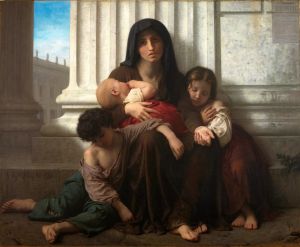
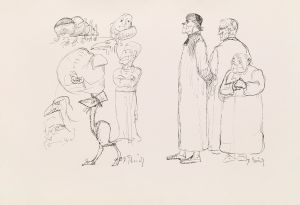
![Designs for promotional material for opera singer Emanuel List.] [Drawing for brochure page](/imgs/249318/s/winold-reiss-designs-for-promotional-material-for-opera-singer-emanuel-list-drawing-for-brochure-page-3320265e.jpg)
